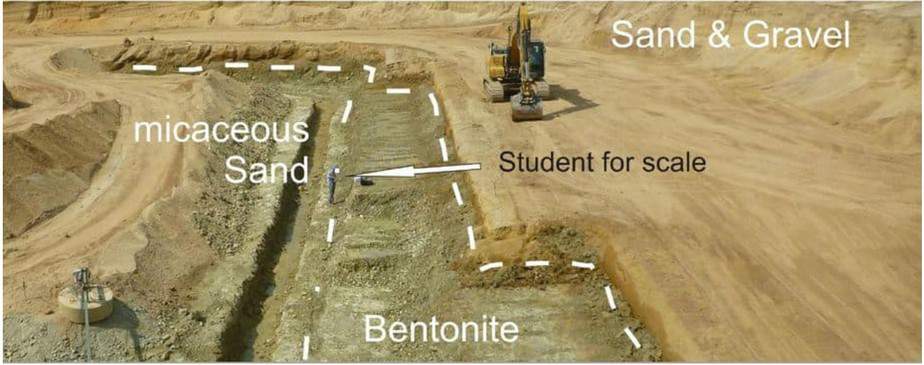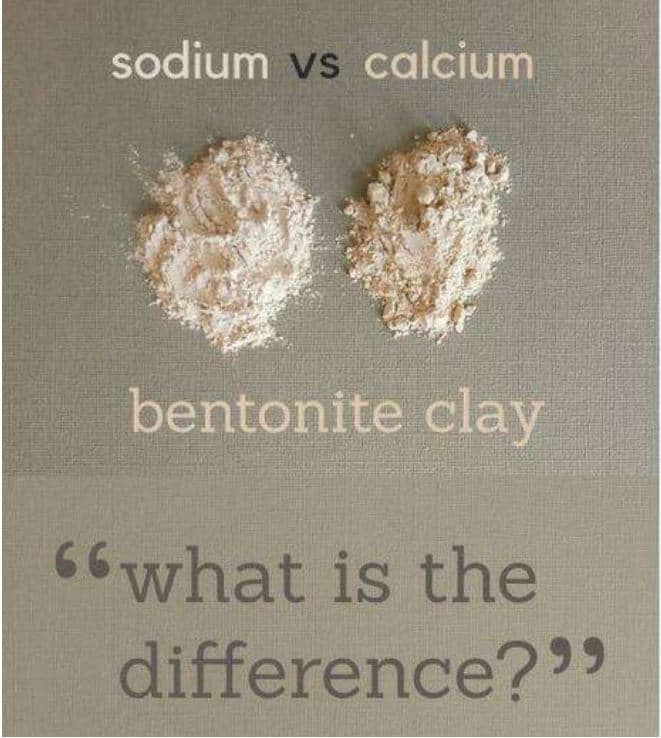Mission critical
dam services
For the mining & gas industries
EVAPORATION MANAGEMENT | SEEPAGE REMEDIATION | SEALING SOLUTIONS
contact us
Gina Rinehart’s $10 billion Roy Hill mine in Karratha WA is Australia’s largest iron ore mine – and Ms Rinehart is Australia’s richest person.
Roy Hill had a problem with the dam liner in their 100 megalitre processing dam.
We introduced them to a clean, green, organic solution – at a cost of just 20% of their $10 million repair budget.
This was our solution
ROY HILL DAM LINER REPLACEMENT
Karratha | Western Australia
ROY HILL
Australia’s Largest Iron Ore Mine
Highway 138 is an isolated rural road linking Roy Hill to the WA coast and the transport hub of Port Hedland
THE PROBLEM
The accelerated ageing of the liner in the 100mgl processing dam.
The company was looking for a long-term strategy to replace it.
Budget: $10m
stakeholders
Gina Rinehart’s Hancock Prospecting is the majority stakeholder in the $10 billion project with a 70% interest.
The remaining 30% stake is held by a consortium comprising POSCO (12.5%), Marubeni (15%), and China Steel Corporation (2.5%).
mission critical
Un-interrupted operations are Roy Hill’s number one priority
The worst thing water management can cause is a delay in mining operations.
the challenge
The challenge is to propose a solution that will ensure the dam contains water.
The solution shouldn’t require extensive plant downtime, or the construction of a new dam.
The solution is anticipated to be one of the following:
- A permanent solution that prevents the dam from leaking for the remaining life of the mine (20 years)
- An interim solution which delays the requirement for relining the dam or constructing a new dam
- A solution to “patch” cracks and/or tears in the liner
WHAT IS THE SOLUTION WE PROPOSED?
- Pull the liner out
- Implement a dry blanket of Bentonite
AN INTRODUCTION TO BENTONITE
Bentonite is sometimes called the ‘mineral of a thousand users’
It is charactersied by properties such as its ability to swell in water, to act as a ‘natural glue’ or ‘bond’, special rheological properties when added to water (e.g. thixotropy), high surface area and exchangeable cations
THE ORIGIN OF BENTONITE
Bentonite occurs in rocks that were deposited in the Ordovician to Neogene periods (about 488.3 to 2.6 million years ago). It is formed by decomposition of volcanic ash or tuff, or sometimes from other igneous of sedimentary rocks. Andesitic to rhyolitic volcanic rocks are the most common primary sources.
THE NATURE OF BENTONITE
Bentonite varieties are distinguished of the basis of their principal exchangeable cation, hence sodium, calcium, magnesium- (saponite), potassium- (meta-bentonite) and lithium- (hectorite) bentonite
Bentonite unite are commonly laterally extensive starts within volcanogenic sedimentary sequences.
They may vary in thickness from a few centimeters to tens of metres, and range from Permian to Pleistocene in age.
This is because smectite clays are unstable at higher pressures, and bentonite is increasingly transformed into mixed illite-smectite with increasing depth of burial.
THE HISTORY OF BENTONITE
Bentonite has been used for therapeutic cosmetic purposes since approximately 2500BC.
It has been known as a healing clay for centuries among indigenous people from Australia, the Andes and Central Africa.
The first recorded use can traced back to ancient Mesopotamia.
It is totally natural and well known for its detoxification properties.
People use the clay to detoxify the body, improve digestions and improve skin tone.
In Iran, the clay is used as a hair cleanser and softener.
TYPES OF BENTONITE
There are two main types of bentonite
1. High Swelling (Sodium)
2. Low Swelling (Calcium)
SODIUM BENTONITE
The property of high swelling makes sodium bentonite an excellent sealant, since it provides a self-sealing, low permeability barrier.
Sodium bentonite absorb large quanitites of water, swelling to many times their orginal volume, and give rise to permananent suspensions of gellike masses, which provides colloidal and wall-building properties.
Sodium bentonite is used to seal dams; in boding foundry sands, asbestos, and mineral wool; as drilling muds; in cements and concretes, ceramics, emulsions, insecticides, soaps, pharmacuticals, and paints.
THE SWELLING MECHANISM OF BENTONITE
The swelling mechanism of bentonite results from the unique microstructure and its net negative charge.
The swelling effect results from additional embedding of water molecules.
With the increase of the water content, the thickness of the water film increases.
The swelling in Bentonite is a strong hydraulic mechanic checmical (HMC) coupling phenomenon.

THE APPLICATION OF BENTONITE

Civil engineering grade bentonite has been used for many years in diaphragm wall construction, tunneling and dam sealing-where the soils are highly permeable and impermeable barrier in required.
Bentonite clay expands to several times its dry volume on writing and swollen mass fills the voids and blinds the soil particles to create and impermeable seal, thereby reducing the rate of water movement through porous soil.
Applied as a blanket or mixed with the local clay, Is ideally suited to large-scale water storage sealing, and it provides and economical method of creating high performance seepage barriers.
It has a very low permeability (fluid loss) which becomes even more impermeable under increased head pressure.
If you have questions about sealing dams with Bentonite, just ask us a question
DRY BLANKET APPLICATION
In a dry blanket application, bentonite is spread on the soil surface then mixed thoroughly into the top 600mm of soil using LGP dozer deep ripping, followed by wetting down and then final compaction of the moist bentonite-soil mixture.
As a dry blanket, bentonite is spread uniformly over the soil surface to form a continuous sealing layer that is mixed with protective layer of non-erodible soil.
Bentonite can be dried & re-swelled an infinite number of times.
SOIL BLENDING
Basic soil suitability criteria for a Bentonite dry blanket are:
- 20%-40% clay content
- Uniform particle size distribution i.e. well graded soil
- Slight to moderate linear shrinkage
- Kaolinite-dominant clay mineralogy
A 600mm thick compacted soil blanket with a minimum 92% of mazimum dry density is recommended to reduce seepage to a maximum of 2mm per day.
Such a blanket occupies significant volume in a dam, and prior to placement, excavation to compensate for the loss of capacity will be an extra cost.
COMPACTION
To achieve optimum compaction, soil moisture content should be at near to the optimum, 36-20% for highly plastic clays, and the minimum soil layer thickness should be 600mm.
Compaction is best done with a pad roller of adequate weight and power – and at least four passes should be made by the compacting equipment.

REFILLING THE DAM
Allow inflow to enter the lined dam via a stable inlet (generally require an embankment or slit trap across the open front of the dam to direct inflow to the inlet structure).
Fill the dam slowly (30cm a day) to allow for proper wetting of the Bentonite, and gradually increase load on the embankment.

BLOG UPDATE
As a dam builder with over 30 years in the industry, I have seen first-hand ...
Water is the most important thing for any farm, and a well-placed farm dam can ...
Water is very important for farming. Farm dams are crucial for irrigation, cattle, and keeping ...
Earth dams are vital for water storage, flood control, irrigation, and environmental management. However, their ...
As an expert dam builder with over 30 years of experience, I’ve seen firsthand the ...
Calculating the right dam size and capacity for a farm dam requires balancing water demand, ...
Farm dams are critical infrastructure for agricultural operations in NSW, providing essential water security for ...
Australia’s rural landscape is dotted with farm dams—vital water reservoirs that underpin agricultural productivity and ...

































